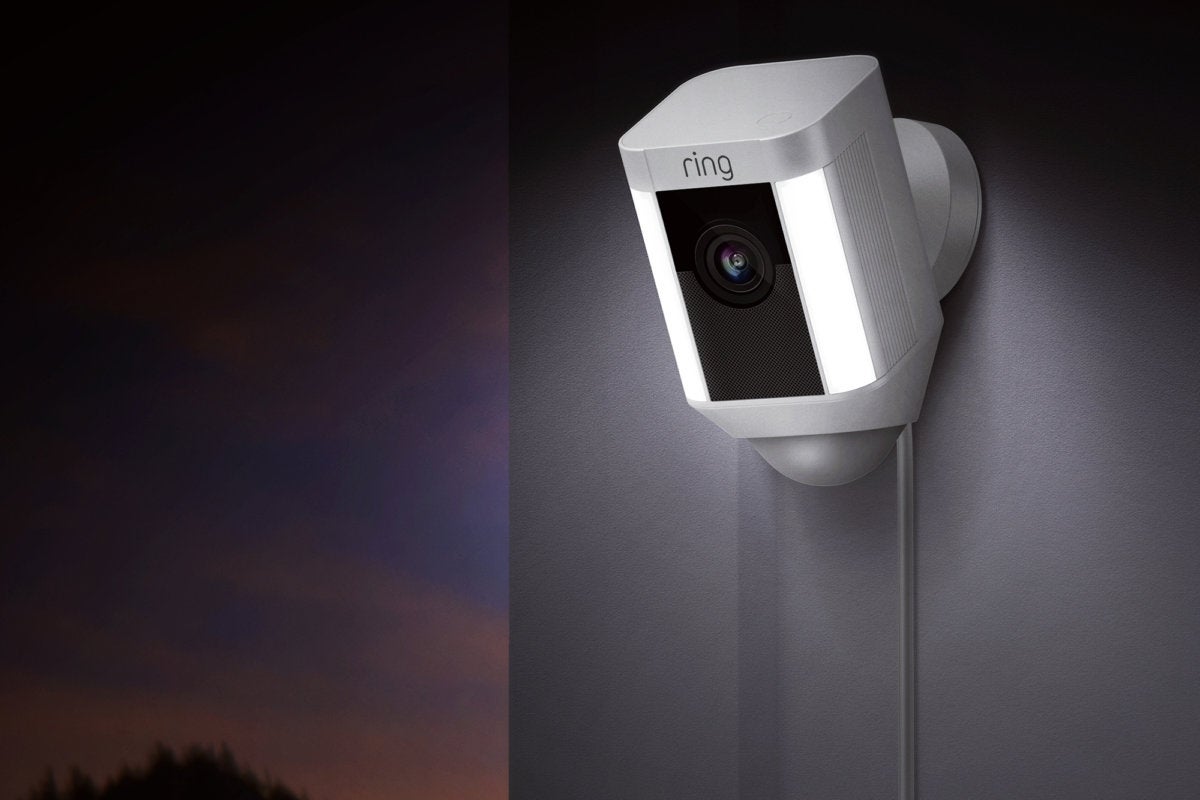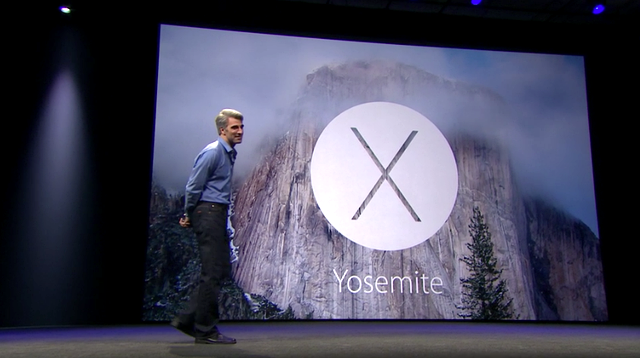It was 2009 when Apple last released a new operating system on physical media. Things have proceeded remarkably smoothly since version 10.7 switched to download-only installers, but there are still good reasons to want an old, reliable USB stick. For instance, if you find yourself doing multiple installs, a USB drive may be faster than multiple downloads (especially if you use a USB 3.0 drive). Or maybe you need a recovery disk for older Macs that don't support the Internet Recovery feature. Whatever the reason, you're in luck, because it's not hard to make one.
As with last year, there are two ways to get it done. There's the super easy way with the graphical user interface and the only slightly less easy way that requires some light Terminal use. Here's what you need to get started.
- A Mac, duh. We've created Yosemite USB from both Mavericks and Yosemite, but your experience with other versions may vary.
- An 8GB or larger USB flash drive or an 8GB or larger partition on some other kind of external drive. For newer Macs, use a USB 3.0 drive—it makes things significantly faster.
- The OS X 10.10 Yosemite installer from the Mac App Store in your Applications folder. The installer will delete itself when you install the operating system, but it can be re-downloaded if necessary.
- If you want a GUI, you need the latest version of Diskmaker X app—we wrote this article based on version 4 beta 2, but if a 'final' version is released alongside Yosemite we'll update the article. This app is free to download, but the creator accepts donations if you want to support his efforts.
- An administrator account on the Mac you're using to create the disk.
The easy way
Once you've obtained all of the necessary materials, connect the USB drive to your Mac and run the Diskmaker X app. The app will offer to make installers for OS X 10.8, 10.9, and 10.10, but we're only interested in Yosemite today.
AdvertisementDiskmaker X has actually been around since the days of OS X 10.7 (it was previously known as Lion Diskmaker), but it's more important now because Apple has made alterations to the installer that prevent easy USB drive creation using the built-in Disk Utility app. It's still possible to create a disk manually using a Terminal command (which we'll go into momentarily), but Diskmaker X presents an easy GUI-based way to do it that is less intimidating to most people.
Enter the create partition primary command and press Enter to complete the process. Once you formatted the USB flash drive with a GPT partition, you can use the instructions mentioned above to use TransMac to create a bootable media, but this time skip steps No. 5 through 10 and continue on step 11.
- Step 2: Make the Drive a Yosemite Boot Installer. In a single command you'll create the bootable install drive. To do this, launch Terminal and enter the following command. Note, this assumes that you haven't moved the installer out of your Applications folder. If you have, simply replace '/Applications' with the location of the.
- You can use an external drive or secondary volume as a startup disk from which to install the Mac operating system.
- Locate the file named Install OS X Yosemite, and then right-click the file and select Show Package Contents. Open the Contents folder, then open the Shared Support folder. Here you will find the disk image that contains the files you need to create a bootable installer. Double-click the InstallESD.dmg file. Doing so will mount the InstallESD.
Select OS X 10.10 in Diskmaker X, and the app should automatically find the copy you've downloaded to your Applications folder. If it doesn't detect the installer (or if you click 'Use another copy'), you can navigate to the specific installer you want to use. It will then ask you where you want to copy the files—click 'An 8GB USB thumb drive' if you have a single drive to use or 'Another kind of disk' to use a partition on a larger drive or some other kind of external drive. Choose your disk (or partition) from the list that appears, verify that you'd like to have the disk (or partition) erased, and then wait for the files to copy over. The process is outlined in screenshots below.
The only-slightly-less-easy way
If you don't want to use Diskmaker X, Apple has actually included a terminal command that can create an install disk for you. Assuming that you have the OS X Yosemite installer in your Applications folder and you have a Mac OS X Extended (Journaled)-formatted USB drive named 'Untitled' mounted on the system, you can create a Yosemite install drive by typing the following command into the Terminal.
sudo /Applications/Install OS X Yosemite.app/Contents/Resources/createinstallmedia --volume /Volumes/Untitled --applicationpath /Applications/Install OS X Yosemite.app --nointeraction
The command will erase the disk and copy the install files over. Give it some time, and your volume will soon be loaded up with not just the OS X installer but also an external recovery partition that may come in handy if your hard drive dies and you're away from an Internet connection.
Create Install Media Yosemite Windows 10
Whichever method you use, you should be able to boot from your new USB drive either by changing the default Startup Disk in System Preferences or by holding down the Option key at boot and selecting the drive. Once booted, you'll be able to install or upgrade Yosemite as you normally would.
Sony finally released a DLNA media player for the PlayStation 4 on June 16, 2015. I don’t have a lot of streamable media, but what I do have is stored on my laptop.
I have used Plex in the past, but it is overly complicated and “heavy” for my needs. I wanted a light weight DLNA server that could be daemonized and point to a media directory. minidlna turned out to be the answer.
Create Install Media Yosemite City
First, install Homebrew. You can install minidlna manually, but Homebrew makes everything much easier.
Once Homebrew is installed, install minidlna:
At the time of writing, I setup version 1.1.4.2 minidlna. The rest of this post will reference that version. Change the version as needed.
If you want minidlna’s directories, files, and logs to reside in the .config directory of your home folder, create the following directories. Otherwise, create them elsewhere.
For some reason brew does not setup the necessary minidlnad symlinks. So, create them manually:
Create file ~/.config/minidlna/minidlna.conf with the following contents. If your media is not stored in /Users/foo/.config/minidlna/media, change media_dir to the directory of your choice:
Finally, start minidlnad:
If you have the OS X Firewall turned on, you will be prompted to allow minidlnad through the firewall. Of course, allow it through if you want to be able to stream anything.
By default, minidlnad will scan for new media every 895 seconds. You can change this by killing the current minidlnad process:
And starting minidlnad with the following command:

Create Install Media Yosemite

Create Install Media Yosemite
You can force a re-scan of your media directory by killing the minidlnad process and starting it with the following command:
Now, you should be able to open Media Player on your PS4 and stream your media. Supported media formats can be found here.
